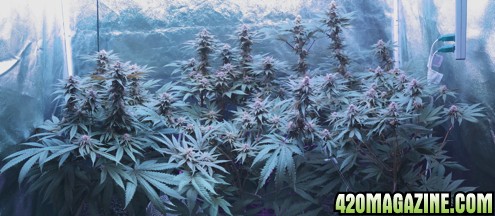Happy Kitty
Well-Known Member
Sorry to hear about your dilemma, next time please try our trusted and credible sponsors.
420 Magazine Sponsors

420 Magazine Sponsors

How To Use Progressive Web App aka PWA On 420 Magazine Forum
Note: This feature may not be available in some browsers.

The price will be very cheap to order directly from China. But the time from you order to getting the item will be a little longer. I ordered 4 items from Riant Lighting which takes me 7 days' producing time and 7 days shipping time via Fedex. Half price while two times shipping time.
Induction Grow Lights and Bulbs | Riant Lighting supplier and manufacturer
...I want to smash something...

Econolux makes 4' T5HO High PAR tubes including an XR extended red ( ELPL-T5HO-XR), available in the USA from marigoldlighting. I think that may be a good low cost alternative to the IndaGro pontoons (LED I think?)
I'm happy with how they are working for me

sorry for the brief post but I stupidly put links to the websites in the post and it was kicked out by the system. Gotta get busy now with other things but I'll check back later
Sorry yao847zi, but the link to your product is below the current standards for CFL lights. 50-65 lumens per watt is a horrible rating for induction lighting. 23 watt CFLs are 60-70 lumens per watt. LEDs are currently in the 130-170 range.